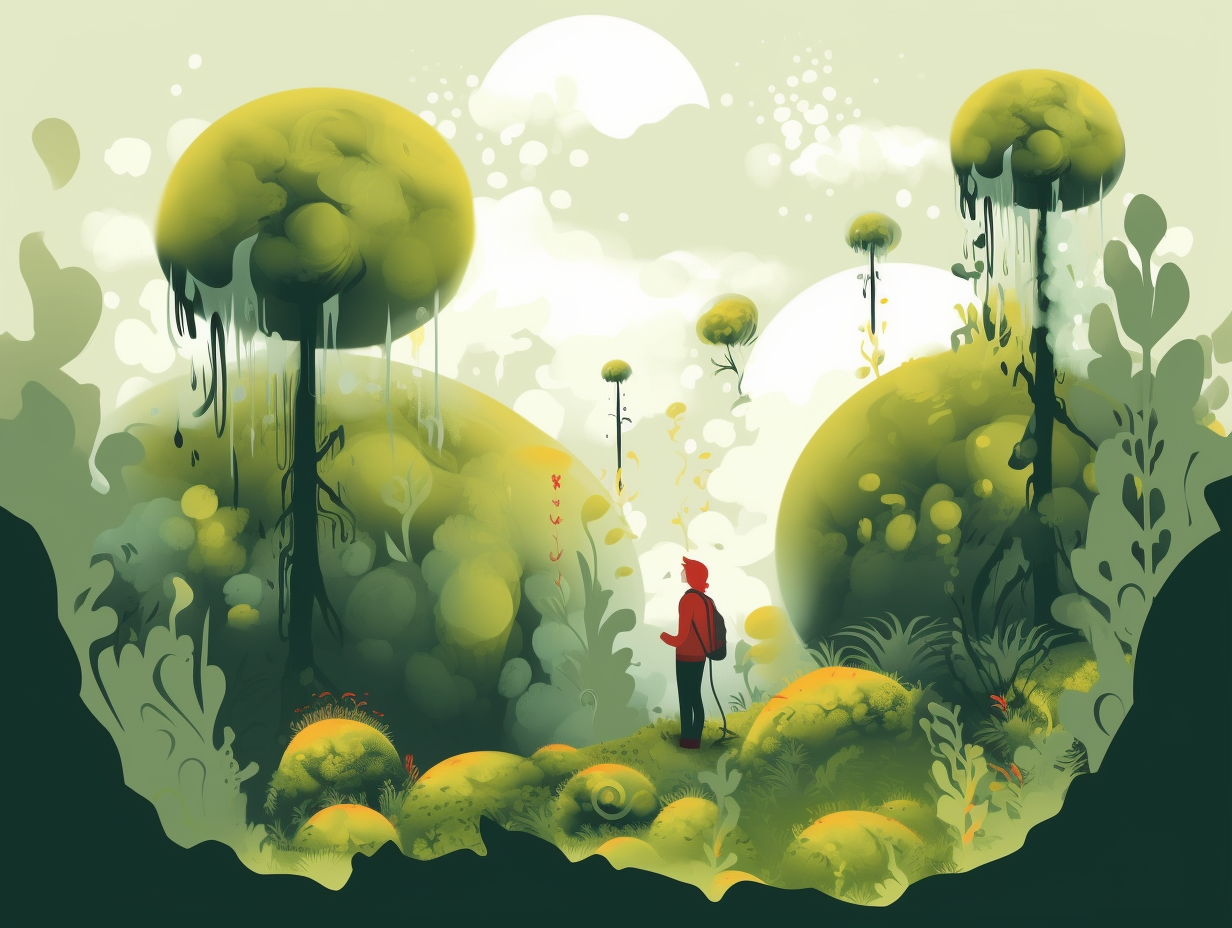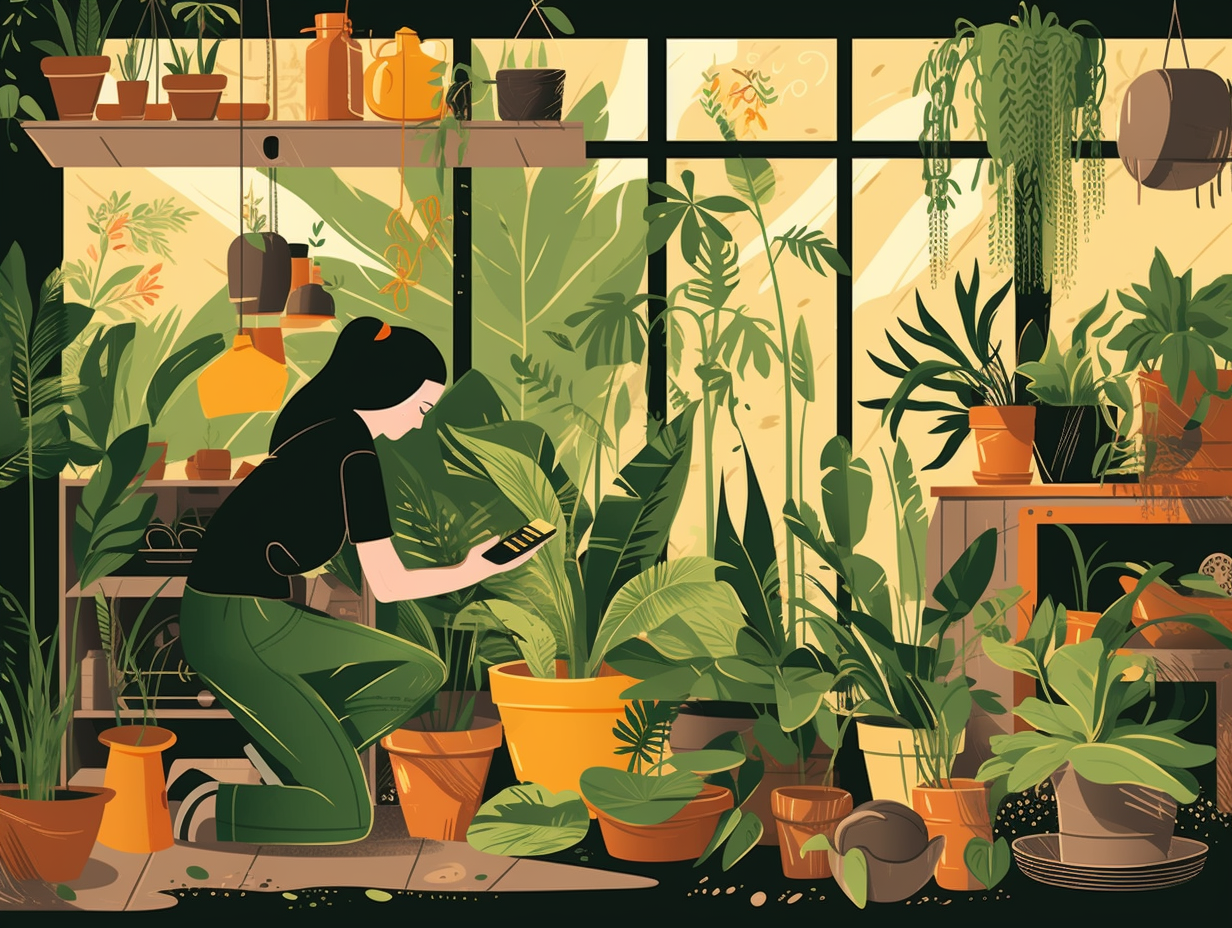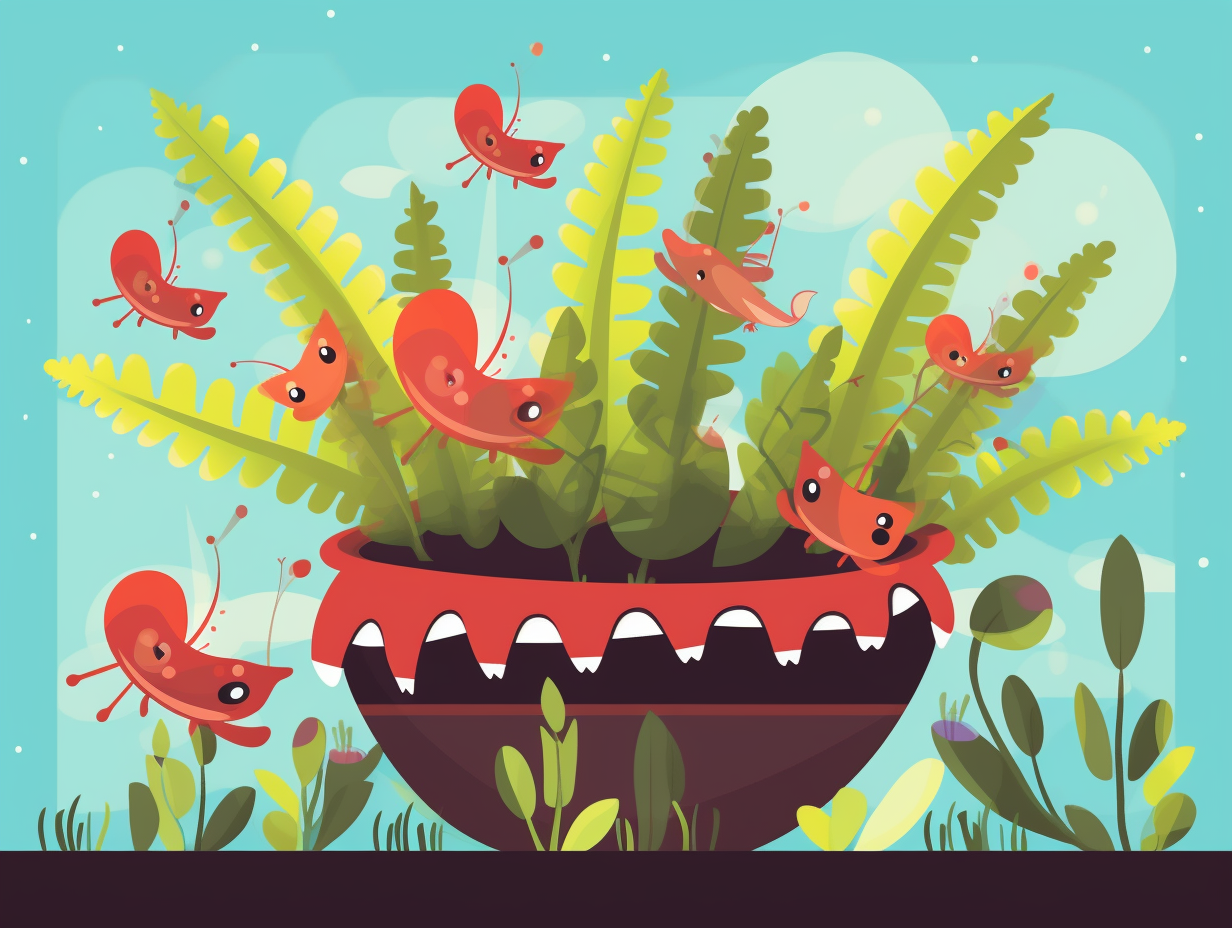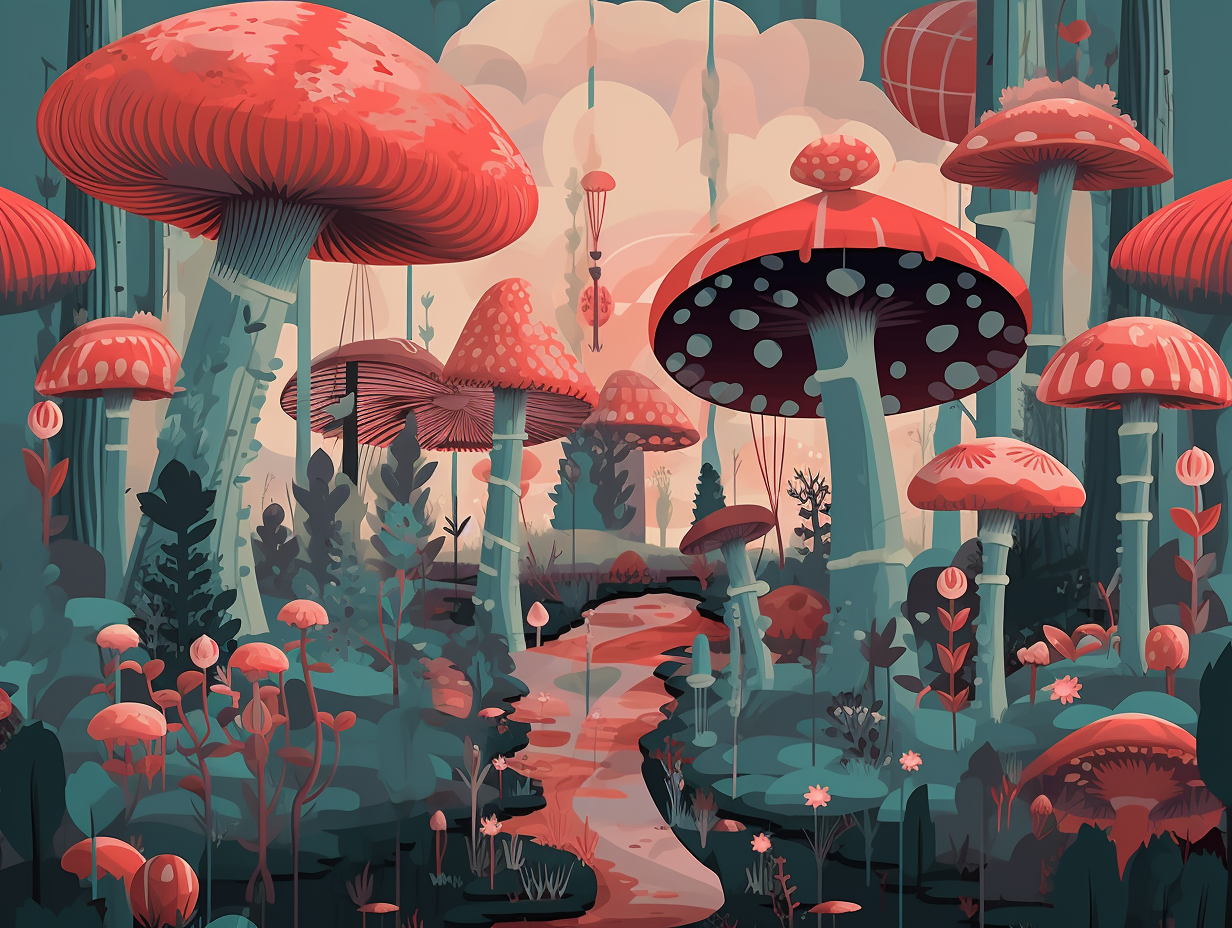Discover the Plant Kingdom: 14 Amazing Fun Facts About Plantae You Never Knew!

1. Carbon Whack-A-Mole
Mother Nature's been playing a game of "now you see it, now you don't" with our carbon: Plants have been happily guzzling our carbon dioxide emissions through photosynthesis, only to hiccup a good portion of it right back into the air through respiration. A veritable "Whack-A-Mole" of carbon, if you will: A recent study reveals that plants actually release up to 30% more carbon dioxide through respiration than previously predicted, which might dampen their climate change-fighting abilities in the long run as temperatures rise.
Source => anu.edu.au
2. Fall Fashion Show
Mother Nature's impeccable sense of fashion might have you "falling" head over heels in wardrobe envy: In autumn, leaves change colors due to the pigments chlorophyll, carotene, and anthocyanins, which create an impressive array of red, orange, and yellow hues found in prime color regions such as New England, Michigan, and Wisconsin.
Source => fs.usda.gov

Did you know plants have their own way of communicating through scented signals? Discover how they warn each other of dangers and invite some unexpected guests!
=> Fun Facts about Plants
3. High-Rising Moss
Whoever said moss doesn't get high clearly hasn't met these vertically-inclined specimens: Some moss types can grow up to a staggering five feet tall, with a few species boasting a green-thumb defying lifespan of up to 10 years under ideal conditions.
Source => evergreenseeds.com
4. Dramatic Sugi Trees
If sequoias are the immortal vampires of the tree world, Sugi trees are like their angsty teenage offspring: they have a flair for the dramatic but hardly the stamina to keep up. Sudden Mood Change Alert: Despite their ethereal beauty, Sugi trees typically live for a mere 200 years due to unique regeneration patterns and forest conditions, while their gargantuan cousins, sequoias, can boast of ages reaching thousands of years.
Source => greenarborists.com

5. Water-Hoarding Plants
What do plants with commitment issues and camels have in common? They both have a water-hoarding habit! But fret not, your pet cactus won't stockpile a ton of water in your living room: Desert plants like succulents, agaves, and yuccas have evolved special tissues to store water in their leaves and roots, enabling them to survive droughts for extended periods, and while they may save water like a frugal aunt, contrary to popular belief, they don't store up to one ton in their stems.
Source => nps.gov
6. Venus Flytrap's Bug Buffet
Not your average Venus, but a flytrap that packs a punch: The Venus flytrap turns the tables on bugs by using its plant defense systems to capture and digest insects, generating electric signals when trigger hairs are touched and snapping shut after a second signal. It then deploys enzymes, such as chitinase, to break down insect exoskeletons and produces a stress hormone, jasmonic acid, evolving nature's own pest control into a bug-buffet bonanza!
Source => sciencedaily.com
7. Introverted Mimosa Plant
The Mimosa plant might just be the queen of introverted vegetation, giving everyone and everything the silent-leaf treatment: This emo greenery artfully folds its leaves in response to stimuli like touch, heat, or rain. This dramatic move is said to deter pesky herbivores and annoying insects, all while giving those hidden stem spines some well-deserved airtime. From where does this elusive sorcery come, you ask? The secret lies in the plant's pulvinus, where a tango of turgor pressure manipulations flaccidifies some cells and turgidates others, leading to a remarkable folding and drooping act. And the Mimosa never stops learning – it keeps fine-tuning its delicate balancing act between protection and energy optimization!
Source => asknature.org
8. Fleeting Vanilla Orchids
You know the saying "you snooze, you lose"? Well, vanilla orchids seem to have taken that advice to heart, giving us just one fleeting day to bask in their glorious bloom – and you thought your Tinder match ghosted quickly: Vanilla planifolia and Vanilla tahitensis orchids only flower for 24 hours, after which their aromatic pods are harvested, cured, and soaked in alcohol to give us real vanilla flavoring. The more commitment-phobic option is imitation vanilla, derived from some rather dodgy characters like wood pulp and beaver excretions, for those seeking a cheaper thrill.
Source => rd.com
9. Plantae Tinder
Plantae Tinder: Swiping right on budding, fragmentation, and spore formation to find your one true genetic copy: Plants use various natural and artificial methods to reproduce asexually, creating offspring that are genetically identical to the parent plant.
Source => byjus.com
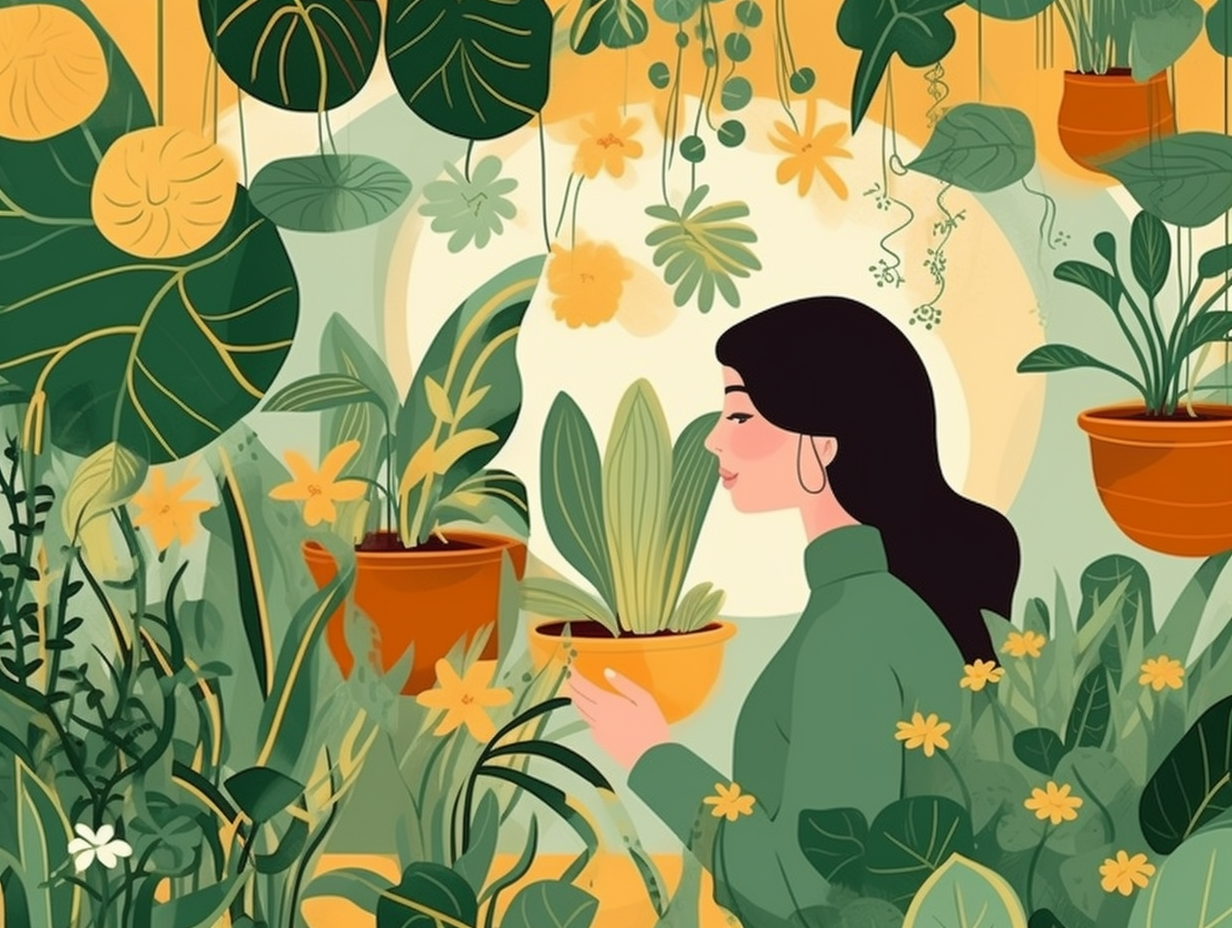
10. Stinky Corpse Flower
When you're trying to attract flies in your web of lies, stink like the foulest of corpses: The Rafflesia arnoldii, known as the corpse flower, uses its repulsive stench and brown hue to lure carrion flies for pollination, allowing its pollen to hitch a ride on the insects for weeks and travel up to 14 miles to spread its putrid love.
Source => zmescience.com
11. Touchy Mimosa Pudica
Why did the Mimosa pudica plant blush and shy away? Because it's just so touchy: The sensitive plant instantly folds its leaves and droops in response to even the slightest touch, wind or electrical stimulation, thanks to a complex network of voltage-gated potassium and calcium-permeable anion channels, H+-ATPases, aquaporins, actin cytoskeleton, and ion transport processes - that's one electrifying personality for a plant!
Source => onlinelibrary.wiley.com
12. Plant Internal Clocks
You could say plants have a pretty good "internal clock": they possess an innate ability to measure time and adjust their biology accordingly by following circadian rhythms, a feature first discovered in the 18th century with the Mimosa pudica plant.
Source => ncbi.nlm.nih.gov
13. Formaldehyde Party Guests
Ever thought of inviting a Boston Fern to your formal(dahyde) party as a breath of fresh air? Brace yourselves: Studies show that this elegant fronded guest is a marvelous air purifier, adept at lowering formaldehyde levels found in everyday items like carpets, curtains, and furniture, making it the life – and air - of the party! You can also count on other green attendees like the English Ivy, Snake Plant, and Spider Plant to keep things clean and toxin-free.
Source => purelivingspace.com
14. Bamboo's Lightning Speed
If you thought only superheroes had lightning speed, then meet Bamboo, Flash's plant cousin: Bamboo holds the title for the world's fastest-growing plant in the Guinness Book of World Records, with certain species shooting up 91 centimeters (35 inches) in a single day or sprouting at an astonishing rate of four centimeters per second.
Source => reelpaper.com
Related Fun Facts


